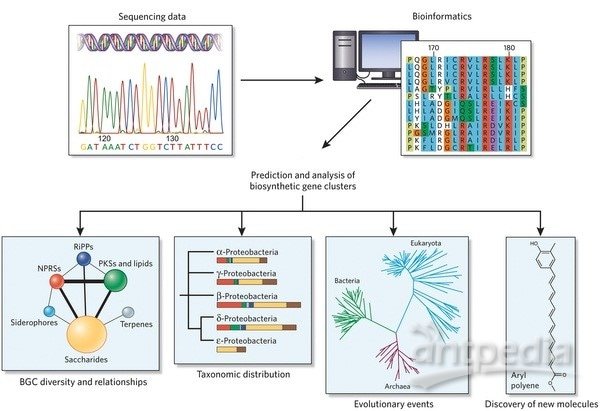Cyclin E Destruction Pathway

Cyclins are proteins that associate with cyclin-dependent protein kinases to regulate their activity and the progression of the cell cycle through specific checkpoints. Disruption of cyclin action can lead to either cell cycle arrest, or to uncontrolled cell cycle proliferation. The cyclical increase and decrease in cyclin levels is a key to cell cycle regulation. When cyclin E is abundant it interacts with the cell cycle checkpoint kinase cdk2 to activate cdk2 and allow progression of the cell cycle from G1 to S phase. One of the key targets of activated cdk2 complexed with cyclin E is the tumor suppressor Rb. When dephosphorylated in G1, Rb complexes with and blocks transcriptional activation by E2F transcription factors. When Rb is phosphorylated by cdk2/Cyclin E, it dissociates from E2f, allowing E2F to activate the transcription of genes required for S phase. One of the genes activated by E2F is cyclin E itself, leading to a positive feedback cycle as cyclin E accumulates. The decision by the cell to either remain in G1 or progress into S phase is the result in part of the balance between cyclin E production and proteolytic degradation in the proteosome. Cyclin E is targeted for destruction by the proteosome through ubiquitination when associated with a complex of proteins called the SCF or F box complex. Proteins included this complex include an F box protein that targets specific substrates such as Cyclin E for degradation. In the case of cyclin E the F box protein Fbw7, also called hCdc4, associates with phosphorylated free cyclin E to recruit it into the SCF complex for degradation. SCFFbw7 is a ubiquitin ligase recruited into the complex that specifically targets cyclin E. Cul3, skp1, and Rbx1 also are part of the complex that degrades cyclin E. There may be redundancy for some components of the complex since cul1 deletion also disrupts cyclin E degradation, and multiple F box proteins may contribute to cyclin E degradation. The interaction of multiple different factors in cyclin E accumulation integrates different signaling pathways with cell cycle regulation and may play a role in the unregulated cell cycle progression of cancer.
Contributor:
REFERENCES: Bartek J, Lukas J (2001) Order from Destruction. Science 294: pp 66-67 Koepp D, Schaefer L, Ye X, Keyomarsi K, Chu C, Harper J, Elledge S (2001) Phosphorylation-Dependent Ubiquitation of Cyclin E by the SCF Fbw7 Ubiquitin Ligase. Science 294: pp 173-177 Singer, J.D., Gurian-West, M., Clurman, B., Roberts, J.M. (1999) Cullin-3 targets cyclin E for ubiquitination and controls S phase in mammalian cells. Genes Dev. 13(18), 2375-87 Strohmaier, H. et al. (2001) Human F-box protein hCdc4 targets cyclin E for proteolysis and is mutated in a breast cancer cell line. Nature 413(6853), 316-22




















